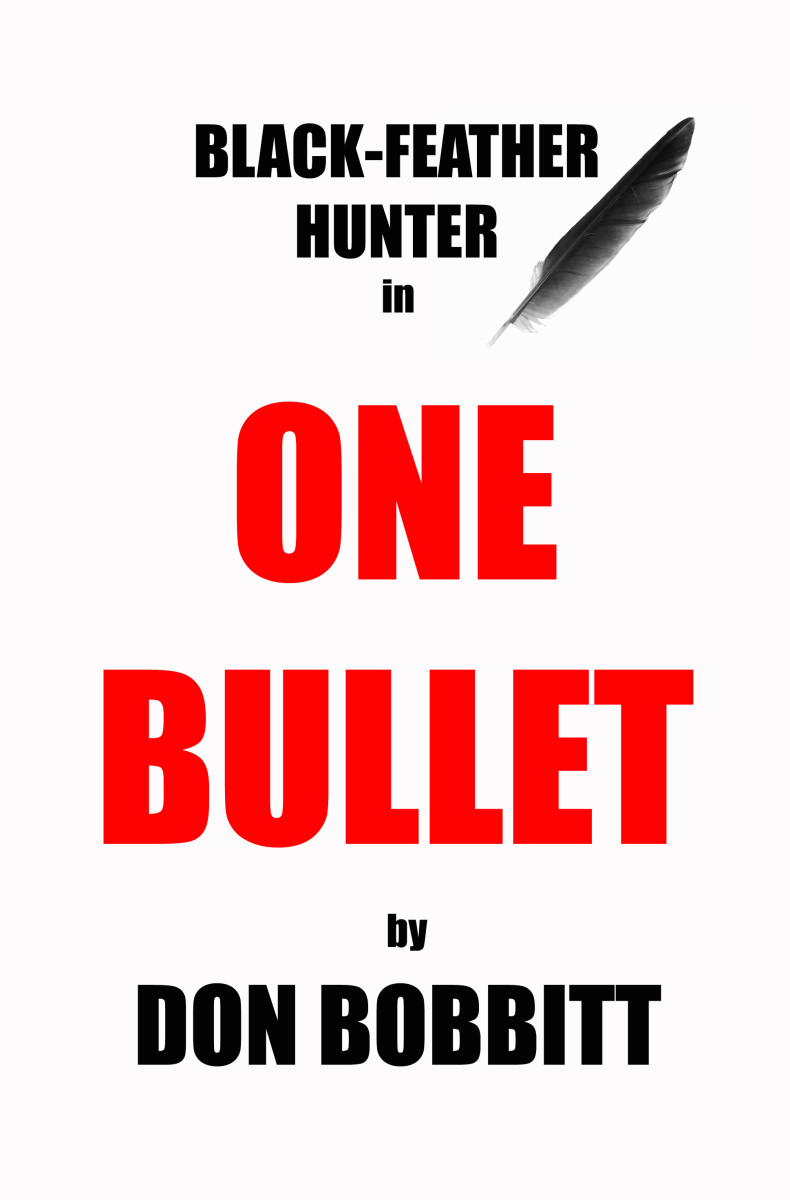How to format a manuscript for submission to an editor or agent
Keep Formatting Simple and Readable
The most important thing about formatting a manuscript for submission to an editor or agent is to keep it simple. This is not the time to show off the 3,000 fonts you purchased last month or that you have a good eye for mixing colors, borders and clip art. Doing these things will make your manuscript stand out, but for all the wrong reasons.
So, the first rule...keep it simple.
And when I say simple I mean most likely using Courier New or Times New Roman as your font. Did I hear a groan? Yes, I know many of you hate these fonts. That doesn’t matter. You don’t want the editor or agent to notice your fabulous taste in font selection. You want them to notice your writing.
So, Times New Roman or Courier New or some other non-fancy serif (with the little foot) font.
Second rule...make it easy to read. Unless told otherwise by a specific agent or editor set the font at 12 points and double space body copy. Yes, I know that if you set the body copy font to 11 points or use 1.5 spaces between lines instead of two (double-spaced) you will be able to squeeze an extra 100 words or so into that 30 pages they said to send.
Seriously, don’t.
That extra 100 words or whatever it amounts to isn’t going to make the difference in them asking to see more of your book. Whereas getting cute with the font, type-size, spacing and margins will flag you as a newbie.
And speaking of margins...one inch ALL the way around. No cheating.
Your paragraphs should be indented .5 inch with no space above or below them. The exception to this is the first scene in a chapter or at a scene break. Format your chapter headings so there is space above and below them. Somewhere in the range of 144 pts before and 48 pts after should do it.
To show scene breaks use a simple # # # or * * * (tab in between each). I suggest setting up a style for that too with a few empty lines above and below these markers.
Why do I tell you to add all this empty space?
Because it makes the manuscript easier to read. White space is kind to the eyes and you don’t want that dream agent or editor putting your manuscript down because reading it is giving them a headache.
Include a header. Since you will be sending your manuscript unbound (with just rubber bands wrapped around it) having your name and a page number on every page is very important. Imagine dropping a 400 page manuscript on the floor without these things to guide you when trying to put it back together.
The header should also be simple--name of the book and your name on the left, page number on the far right. That’s it.
Don’t include a copyright notice. First it isn’t necessary. As soon as you write something you own the copyright. Second it will make you look, well...strange and amateurish. Don’t do it.
Now for formatting things like italics and ellipses. The old default on italics was to underline words that would in the final book appear in italics. I still do this on manuscripts I send to my print publishers, but many electronic publishers now request you go ahead and format the copy in italics. So, I’d underline it to send to an agent and check the publisher guidelines if submitting directly to an epublisher. A print publisher, I’d stick with underlining too.
So far as ellipses, smart quotes, etc., I wouldn’t spend too much time worrying about these—or should I say I don’t. Again, if submitting directly to an epublisher, check the guidelines. If subbing to a print publisher or an agent just go with whatever formatting you like. Most probably have no preference at all.
So, that’s the basics of what you need to know to format your manuscript for professions submission.

Quick List of Dos and Don'ts
Font: Times New Roman, Courier New or similar serif font.
Type size: 12 pt
Spacing: Double
Margins: one inch all sides
Indent Paragraphs: .5 inch first line only, no space before or after unless first or last paragraph in a scene/chapter.
Chapter Headings: Space before and after 144 pts before 48 pts after should work
Scene breaks: # # # or * * * with a tab in between and a few lines of empty space before and after.
Include a Manuscript Header: Book Title/Your Name (left side) Page Number (right side)
NO copyright notice
Italics: Underline for print publisher or agent, set in italics for most electronic publishers, but check guidelines
Ellipses, smart quotes, etc.: Don’t sweat your choice, check guidelines if concerned
And a few more tips:
- Print on one side of the paper only on plain white paper with black ink. Nothing scented or flowery or anything except white paper with black ink.
- Make sure the print is nice and dark and your ink cartridge didn’t run out halfway through the job.
- You can include a cover sheet with the book title, word or page count and your name.
- If subbing electronically save as an rtf file. Many agents and editors will also take doc files, but everyone takes rtf. And today many editors and agents read manuscripts on their Kindles or other eReaders. RTF is easy for them to format for this.
- If subbing via snail mail, wrap the manuscript with two over-sized rubber bands that you can purchase by the pack at any office supply store.
- If the agent or editor asked for the first 30 pages and the next scene break or chapter is at 31, chances are good it is safe to send the extra page. But don’t ask...just make the choice yourself. And there is nothing wrong with stopping at 30 if that is what they requested, even if it means stopping mid sentence.
- And, yes, editors and agents can tell in those first five pages if they will want to read more. If you first five pages aren’t good, don’t expect them to give you more. Make those first five good or chop them off and start your book where it is good.
If you have any questions or if there was something I wasn’t clear about, please leave a comment and I will tweak the article.
And finally, good luck!!
Books on Writing:
Find an agent or editor:
- Publishers Marketplace
For a monthly fee you can search "deals" and see who is selling what--be aware not all agents post their deals and a few have been known to stretch the truth, but still a great resource. Also there is free newsletter, Publisher's Lunch. - AgentQuery :: Find the Agent Who Will Find You a Publisher
This is the best resource to find the right agent for what you write that I've found. Search by agent name or the genre you want them to represent.






